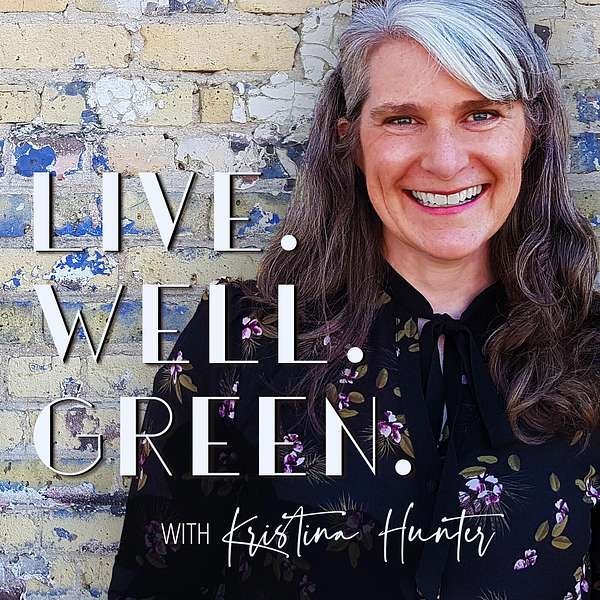
Live. Well. Green.
Live. Well. Green.
Episode 01: The Human-Nature Connection
We are all connected to the earth in countless ways. Not only do we rely on the nutrients and chemicals produced by the myriad natural cycles going on around us, but we also have deep emotional and spiritual connections to the planet too. Sometimes it is easy to forget how intimately linked we are and we see ourselves as somehow outside of nature. In this episode, we take some time to reestablish our awareness of this connection by focusing specifically on our biological dependencies on the environment. You will be taken through the different steps of some of the cycles that keep us alive today: the nitrogen, phosphorus, carbon, and hydrological cycles. You’ll discover the magic of how each of these processes filter nutrients in ways that make these otherwise unreachable elements accessible to humans.
In every description, we will also learn how each cycle is under threat by human-made processes, which equates to humans harming themselves at the end of the day. Toward the end, we devote some time to the inspired prose of Joanna Macy, John Seed, writers who have woven the interconnectedness between humans and nature into intricately beautiful imagery. We hear an excerpt from Richard Louv’s Last Child in the Woods book that reflects on the changing relationship that children have with their surroundings. Follow along as we remind ourselves of the divine complexity that nourishes us biologically each day, and how our emotional and spiritual senses intuit the threat to this connection.
Key Points From This Episode:
- An introduction to the themes of human connection to nature discussed in this show.
- Ways that humans can connect to their surroundings: emotional, spiritual, biological.
- A look into the un-obvious natural origin of daily objects and foods we need very much.
- Our need for nitrogen which can only be accessed after being processed by soil bacteria.
- Ways we disrupt nitrogen: burning fossil fuels, agricultural practices, sewage discharge.
- The value of phosphorus for the flourishing of plant life.
- Algal blooms which occur through the accelerated man-caused release of phosphorous.
- The way carbon is integrated into all life: through photosynthesis.
- A major concern: the rising release of carbon through human processes.
- How unwanted carbonic acid in the ocean reduces its pH levels.
- Another problem: areas of primary productivity land are being used for human needs.
- Questions over when a looming tipping point signifying system collapse will come.
- The intimate need humans have for water to drink and feed their crops.
- Ways humans intervene with the hydrological cycle and the harmful effects this produces.
- Moving prose by John Seed and Joanna Macy about human oneness with nature.
- Moral concerns that are seen to arise from an intuitive sense of our connection to the earth.
- The position of children, who are both disconnected from nature and aware of its vulnerability.
Links Mentioned in Today’s Episode: